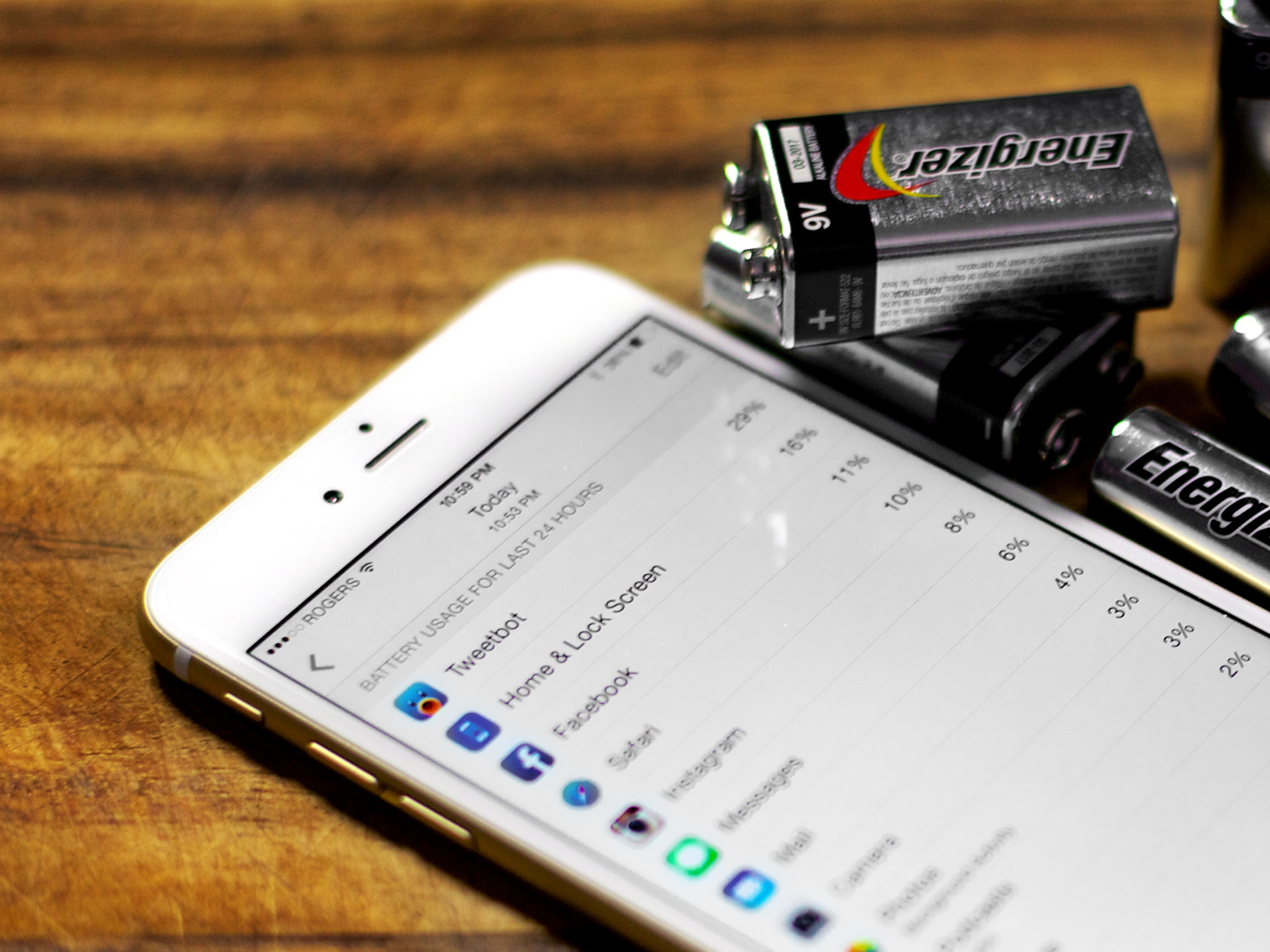One of the most common misconceptions when it comes to the iPhone is that Apple could simply make it a few millimeters thicker to improve its battery life.
It then follows, under that train of thought, that Apple is deliberately sacrificing battery life for cosmetics. That the company is putting an obsession for thinness over usability. In fact, it's the exact opposite of that. Before we get to the busting, however, here's the myth, most recently repeated by the Wall Street Journal:
Take the latest iPhone. Let's do a thought experiment, starting with what has changed between the iPhone 4 and the iPhone 6. In four years, Apple's engineers made the iPhone 2.4 millimeters (0.094 inches) thinner, or about the thickness of three credit cards. Despite giving it a much larger screen, they also shaved off eight grams, or about the weight of a packet of ketchup.
Given the size of its current battery, a little back-of-the-envelope math reveals it's more than reasonable that if the iPhone 6 were as thick as the iPhone 4, the iPhone 6 could have double its current battery life.
Except, no.
Take an iPhone 6 as thick as the iPhone 4 and imagine how heavy it would be. Apple was deliberate when they pointed out the iPhone 6 was actually lighter than the iPhone 4. They did that because, while thinness is nice and certainly improves the feel of the phone, it's lightness that matters. Lightness is what improves usability.
The idea of a thick phone with longer battery life sounds great precisely until you actually try to hold it up for prolonged periods of time. Then it causes fatigue and eventually prevents you from using it for as long as you'd really like to. (It's the same reason Apple's been striving to make the iPad thinner — to make it ever lighter and more usable.)
Battery life is the currency of mobile devices. Every feature you add, you pay for in battery life. That includes screens, radios, and, yes, lightness.
An iPhone 6 or iPhone 6 Plus with the same thickness as an iPhone 4 would be too heavy for many people to read iBooks or watch movies for long periods of time in bed, for example. It would also be harder to balance and use one handed while walking around.
Also, batteries don't just hold in power — they hold in heat. They're insulators. Batteries are part of the reason why processor speeds need to be ramped down. They're also not RF transparent, so they can affect how radios work as well.
With Apple's current generation of thin-as-in-light phones, you can add a thicker, heavier battery case for those times when you want or need extra power. If Apple made a thick-as-in-heavy phone, you couldn't tear half of it off for the times when you really didn't need the extra boost.
This way, usability is the standard and bulk is the option, not bulk as the standard at the expense of usability.
John Gruber of Daring Fireball made another observation:
Consider laptops — for years, battery life on a laptop was somewhere around 4 or 5 hours, at best. It was a struggle to use one throughout a cross-country flight. Today, you could probably fly coast to coast roundtrip with MacBook Air on a single charge.
The change in laptops happened when Apple redesigned them to be, essentially, giant battery packs, and Intel made x86 more power-efficient with chipsets like Haswell. iOS devices are already giant battery packs, though, and ARM is already power efficient. The same kind of design and architectural advances that allowed for longer MacBook battery life are probably different than those that will eventually allow for longer iPhone battery life.
Other advances, though, are all but certain.
Chipsets and the processes used to fabricate them will improve, screen technology will evolve, and radios will get more efficient. Race-to-sleep and other power-saving techniques will also get better. As these advancements happen, Apple will end up with a light, usable phone and great battery life.
The iPhone 6 Plus, with its day-and-a-half of charge capacity, shows that strategy already at work.

No comments:
Post a Comment